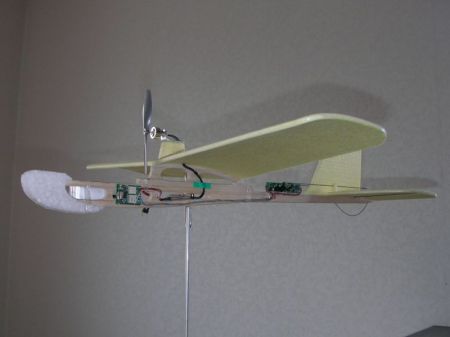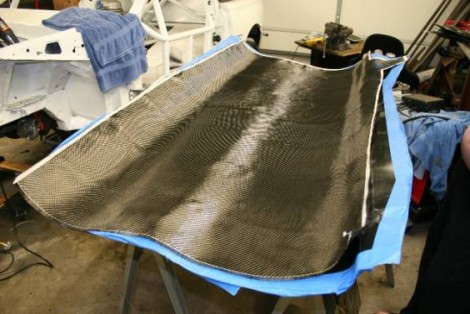
In what is surely becoming an ever-growing Rube Goldberg machine, [Dan] updated his gum ball dispenser to include a robot arm. We looked in on this human lab-rat experiment that rewards successful maze navigation with bubble-gum just about a year ago. As you can seen in the video after the break he’s added several new features to delight users. The original had a maze actuated by an accelerometer and that remains the same. But when the device fires up, the wooden ball is moved to the start of the maze by a Lynxmotion robotic arm. That arm is mounted on rails so it can also move to deliver the gum ball after a successful run. There’s also an anti-jamming feature that shakes the gum ball dispenser to ensure you don’t come up empty.
Whether playing chess or being controlled by a mouse the Lynxmotion has been quite popular lately. [Dan’s] solution uses a vacuum pump to grab onto the spheres (both wooden and gum), similar to the method used with the CNC pick and place from a while back.



 Adafruit Technologies
Adafruit Technologies 











